Table of Contents
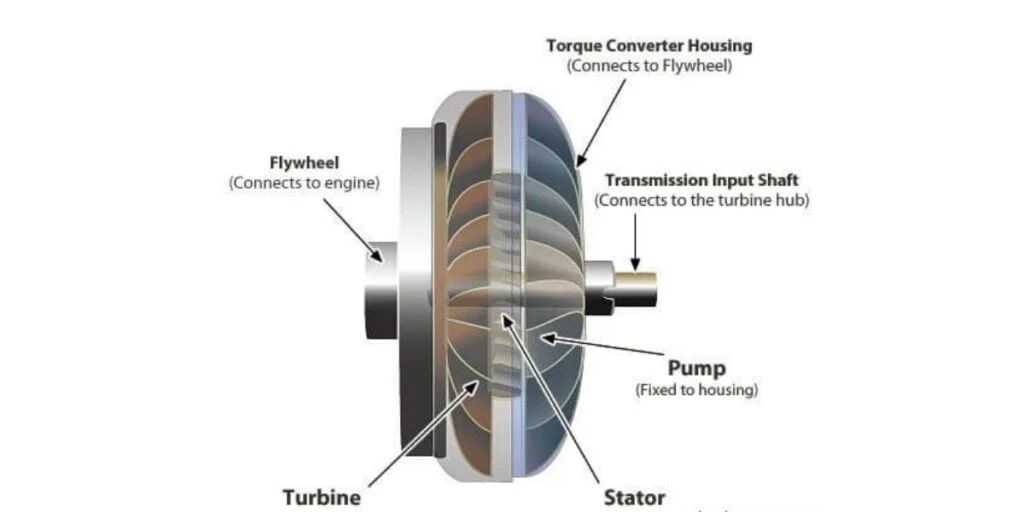
A torque converter is a type of hydraulic coupling used to transfer rotating power from a vehicle’s engine to the transmission. Replaces a mechanical clutch in an automatic transmission. The torque converter is a type of hydraulic coupling used to transmit more torque to the shaft driven by a prime mover such as an engine.
The transmitted torque can be greater or less than the input torque. Multiplying the torque is the key feature of the torque converter. The torque on the driven shaft can achieve three times the torque available in the motor shaft.
Construction:
Impeller/pump: inlet part driven by a prime mover
Turbine: the outgoing part that drives the load
Stator: The stator is approximately half the diameter of the impeller or turbine. It is the reaction element of the torque converter. It is positioned between the impeller and the turbine so that it can redirect the flow of oil in the same direction as an impeller.
Working:
1. Stall: During the stalled (stopped) condition of the vehicle, the engine is applying power to the impeller but the turbine cannot rotate. This happens when the vehicle is stationary and the driver has kept his foot on the brake lever to prevent it from moving. During this condition, the maximum multiplication of the couple takes place.
When the driver removes his foot from the brake lever and presses the accelerator lever, the impeller starts moving faster and this causes the turbine to move. In this situation, there is a greater difference between the speed of the pump and that of the turbine. The speed of the impeller is much greater than the speed of the turbine.
2. Acceleration: During acceleration, the speed of the turbine continues to increase, but there is still a big difference between the speed of the impeller and that of the turbine. As turbine speed increases, torque multiplication is reduced. During the acceleration of the vehicle, the multiplication of the torque is lower than that obtained during a stall condition.
3. Coupling: This is a situation where the turbine has reached about 90% of the impeller speed and this point is called the coupling point. The torque multiplication freezes and goes to zero and the torque converter behaves just like a simple hydraulic coupling. At the coupling point, the lock-up clutch comes into play which locks the turbine to the impeller of the converter.
This causes the turbine and impeller to move at the same speed. The locking clutch engages only when the coupling point is reached. During coupling, the stator also begins to rotate in the direction of rotation of the impeller and turbine.
Advantages of Hydrodynamic Torque Converter
- Produces maximum torque compared to the clutch-equipped vehicle.
- Removes the clutch pedal.
- Facilitates the work of driving a vehicle.
Disadvantages of Hydrodynamic Torque Converter
Its fuel efficiency is low compared to the manual transmission vehicle.
Application of Hydrodynamic Torque Converter
The torque converter is used in the vehicle equipped with an automatic transmission. It is also used in industrial power transmissions such as conveyor belt drives, winches, drilling rigs, almost all modern forklifts, construction equipment, and railway locomotives.
FAQ
What is a hydrodynamic torque converter?
A hydrodynamic torque converter is a type of fluid coupling used in automotive and industrial applications to transmit torque from the engine to the transmission. It allows for smooth power transfer and torque multiplication through the use of hydraulic fluid.
How does a hydrodynamic torque converter work?
Inside a hydrodynamic torque converter, there are three main components: the impeller, the turbine, and the stator. The impeller is connected to the engine, while the turbine is connected to the transmission. The stator redirects the fluid flow. As the impeller spins, it creates a flow of fluid that drives the turbine, transferring power from the engine to the transmission.
What are the advantages of using a hydrodynamic torque converter?
One advantage of a hydrodynamic torque converter is its ability to provide torque multiplication, allowing for increased starting power and acceleration. It also helps to isolate the engine from the driveline, reducing vibrations and shocks. Additionally, it allows the vehicle to come to a stop without stalling the engine.
What are the limitations of a hydrodynamic torque converter?
One limitation of a hydrodynamic torque converter is its inherent inefficiency, which leads to some power loss due to fluid friction. This can result in decreased fuel efficiency compared to other transmission systems. Additionally, the torque converter can generate heat, which requires additional cooling mechanisms.
Can a hydrodynamic torque converter be locked up?
Yes, some modern vehicles have lock-up torque converters that can mechanically connect the impeller and turbine, eliminating the fluid coupling effect. This improves efficiency during cruising conditions, reducing power loss and improving fuel economy.
What is stall speed in a hydrodynamic torque converter?
Stall speed refers to the engine speed at which the torque converter is unable to transmit any more torque to the transmission. It is the highest speed at which the impeller can rotate while the turbine is stationary. Stall speed varies depending on the design and characteristics of the torque converter.
How does a hydrodynamic torque converter contribute to automatic transmission gear changes?
In an automatic transmission, the hydrodynamic torque converter allows for smooth gear changes by transmitting torque through fluid coupling during shifts. It helps to maintain power flow and reduces shock or jolts during gear engagement.
Can a hydrodynamic torque converter overheat?
Yes, a hydrodynamic torque converter can overheat if it is subjected to excessive loads or if the fluid cooling system is inadequate. Overheating can lead to damage to the torque converter or other transmission components, and it may cause a loss of performance or even failure if not addressed.
Are there any maintenance requirements for a hydrodynamic torque converter?
The torque converter is typically a sealed unit and does not require specific maintenance. However, it is important to maintain the transmission fluid at the recommended level and ensure it is clean and in good condition. Regular transmission fluid changes, as per the manufacturer’s recommendations, are important for optimal performance and longevity.
Are hydrodynamic torque converters used in all vehicles?
Hydrodynamic torque converters are commonly used in vehicles with automatic transmissions, particularly in passenger cars and some commercial vehicles. However, they are not used in vehicles with manual transmissions or in some specialized applications, such as high-performance sports cars or heavy-duty trucks, where other transmission systems may be preferred.
It is used in marine propulsion systems.








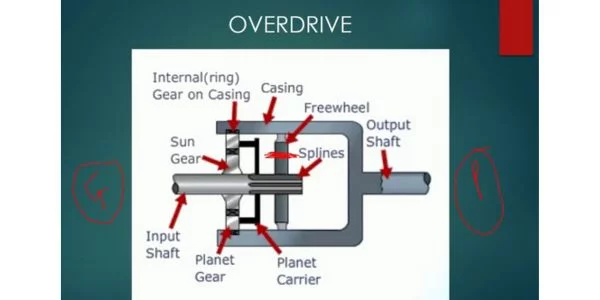







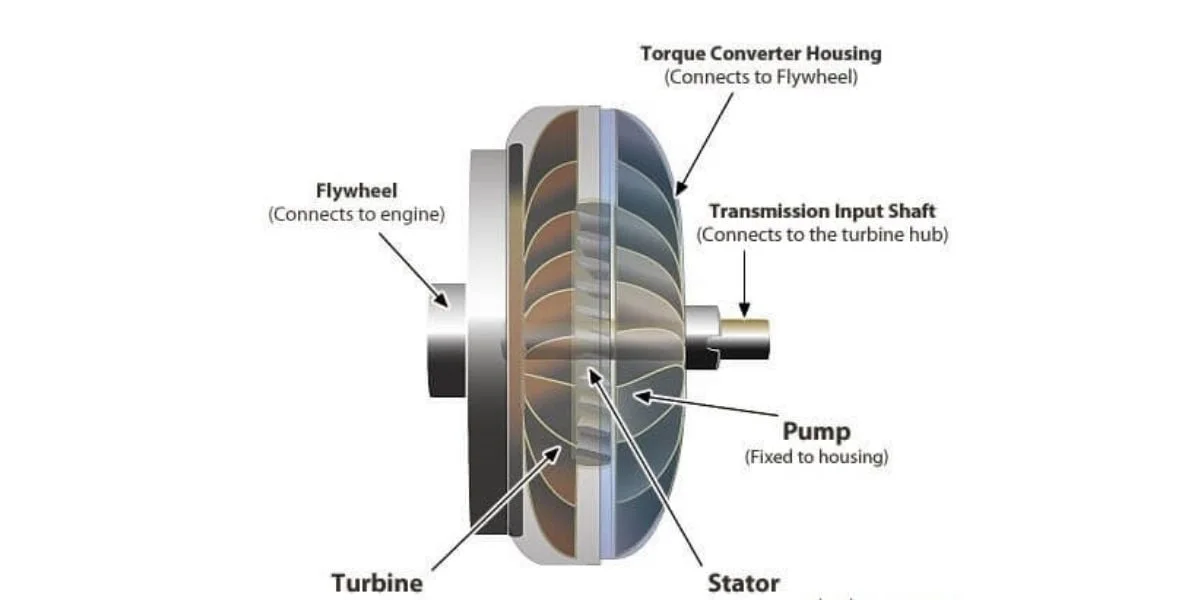
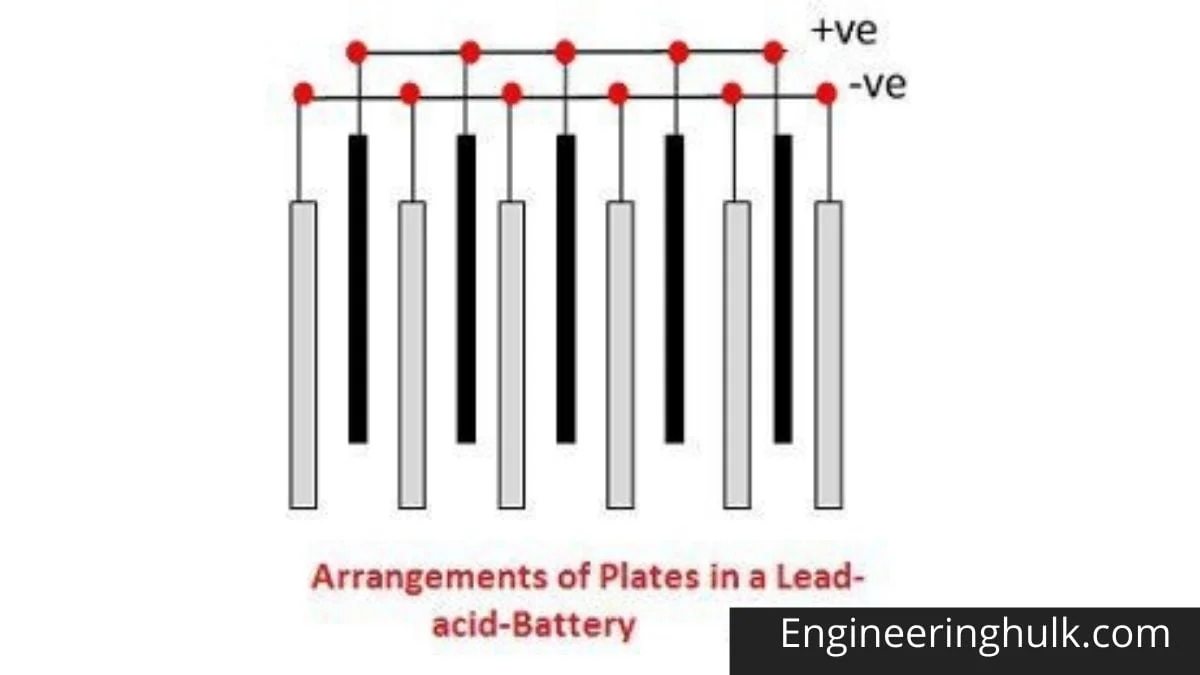

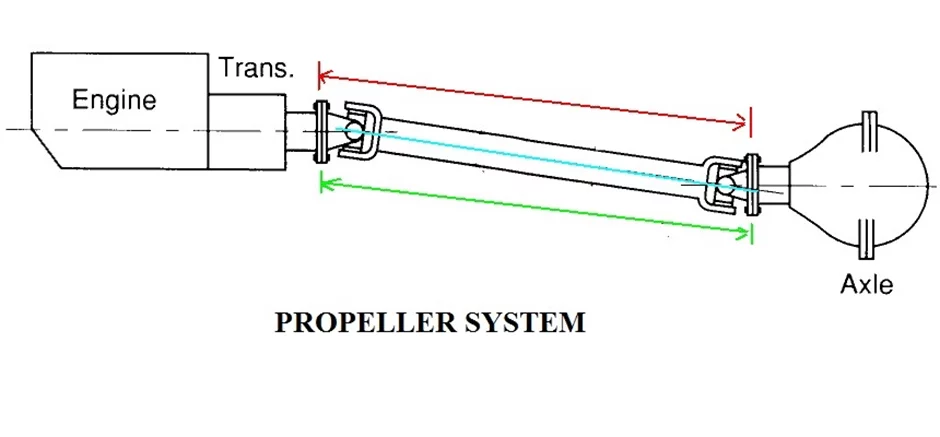

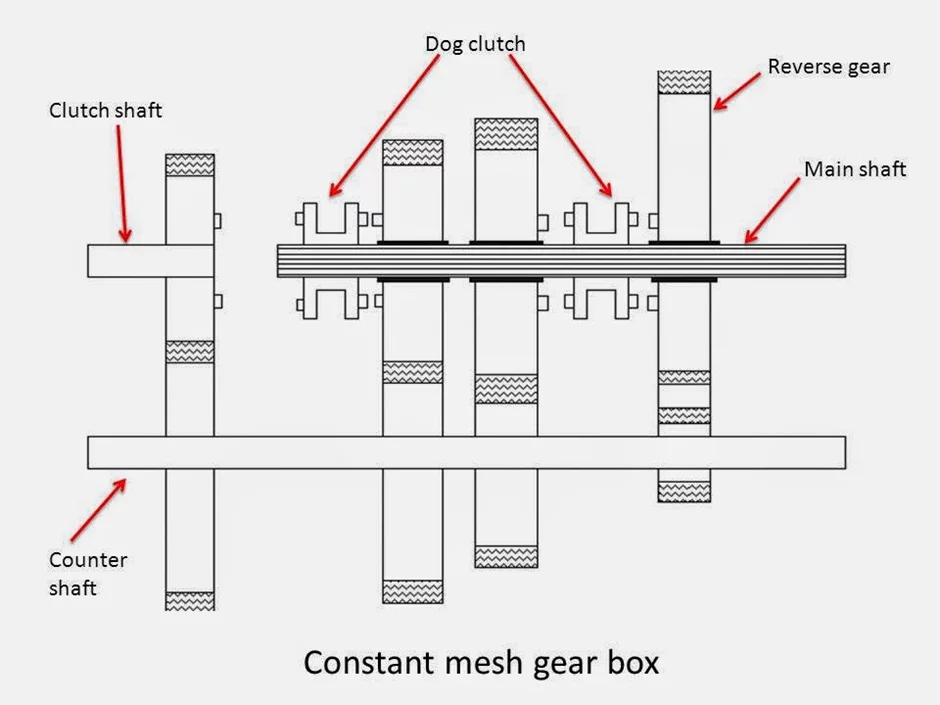
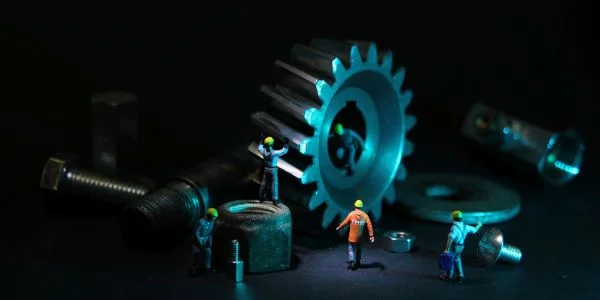
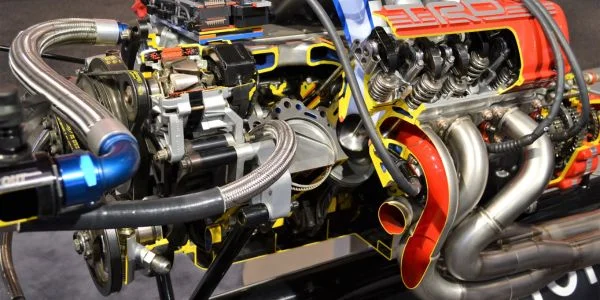
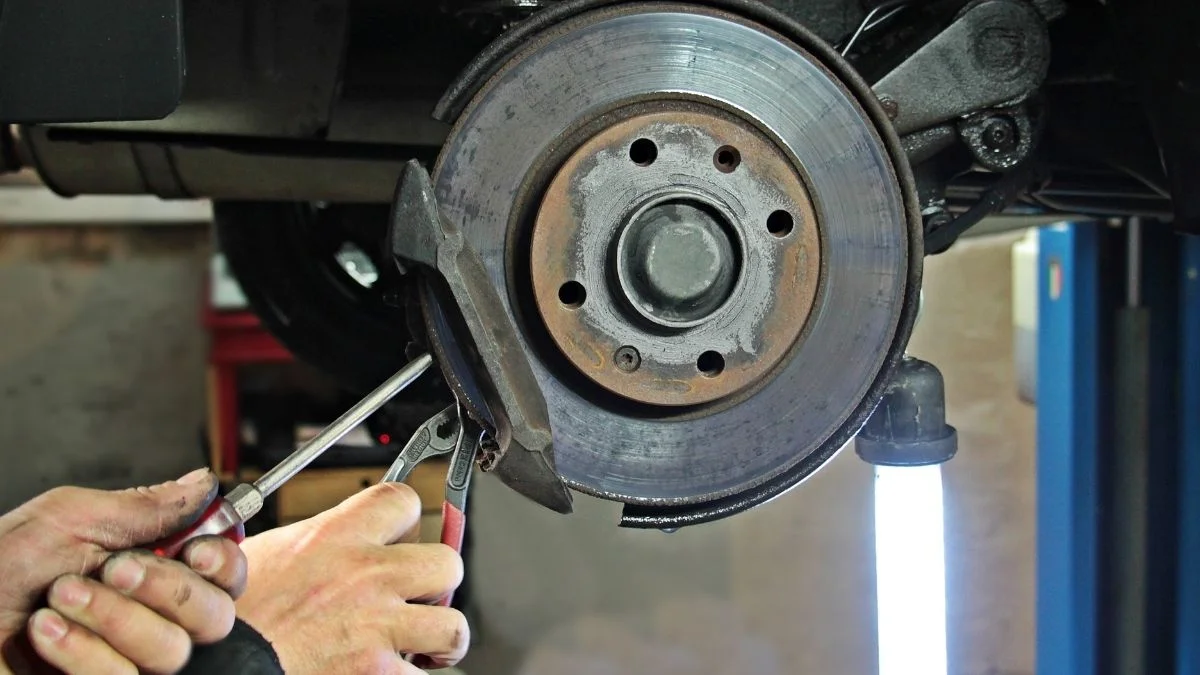
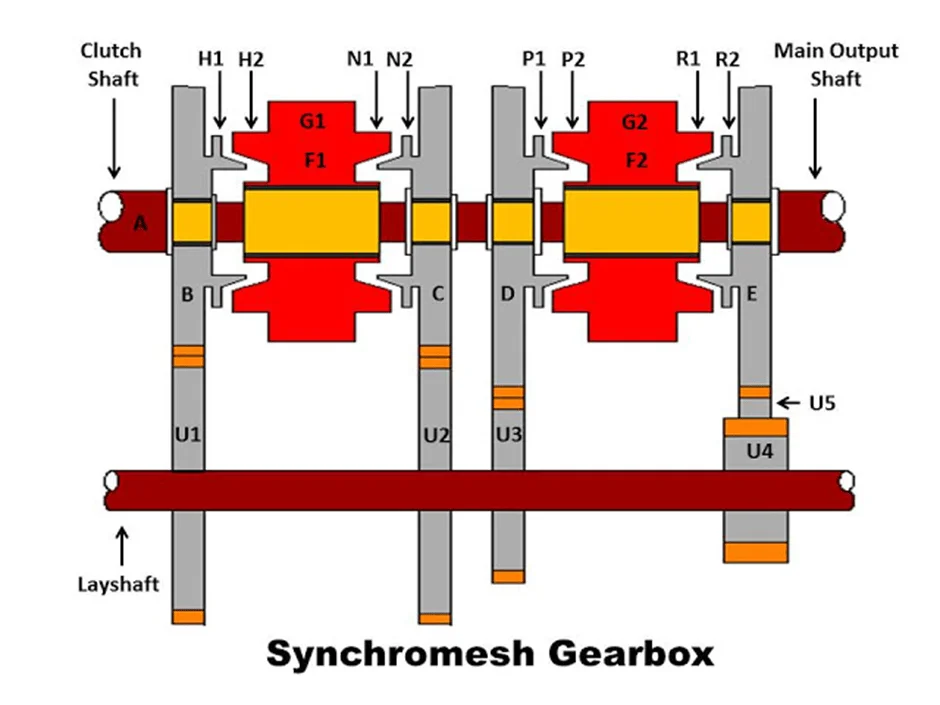
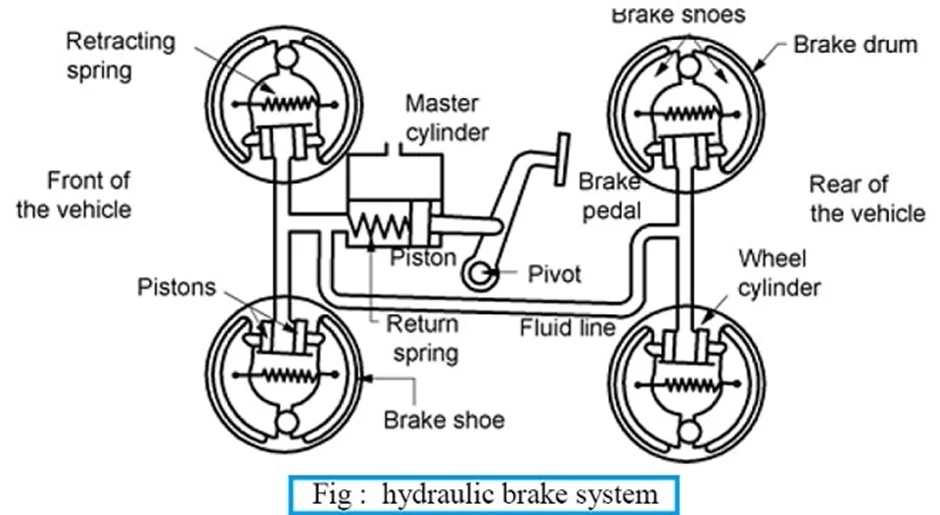
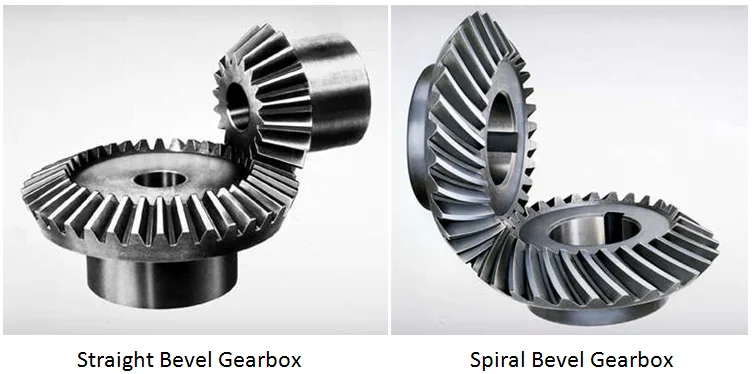
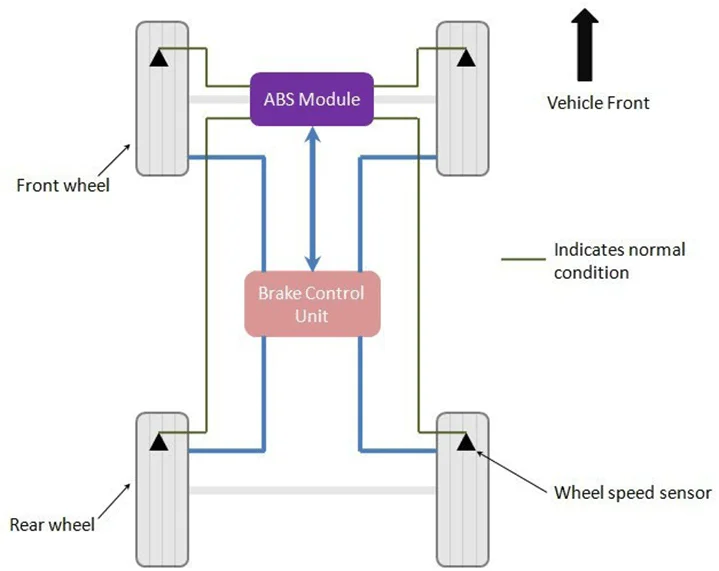
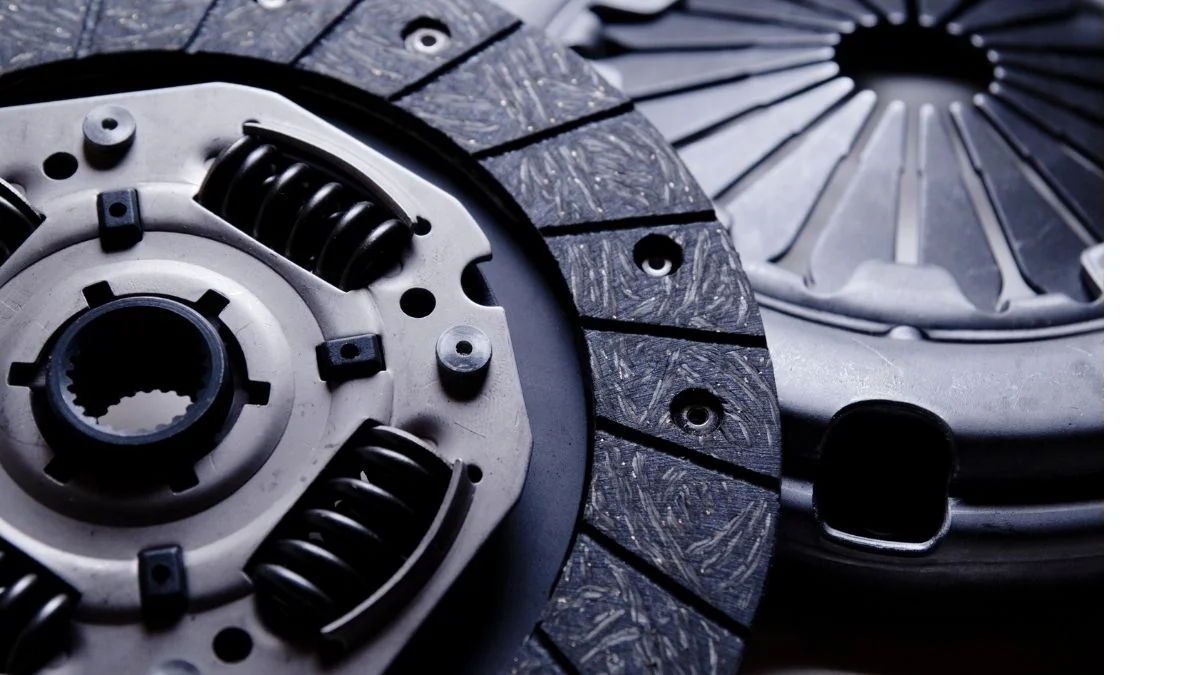
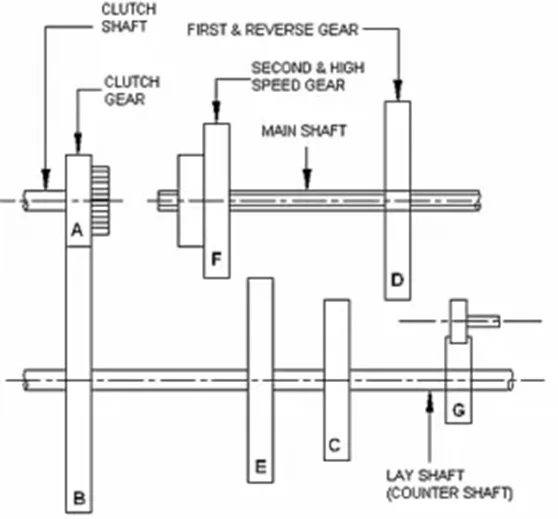
Both the torque converter and fluid flywheel are devices used in the automotive industry to transfer power from the engine to the transmission, and both utilize hydraulic fluid (usually transmission fluid) as a medium for this power transfer. However, there are fundamental differences between the two:
Function and Components:
Fluid Flywheel: It primarily consists of two bladed components – the primary (driving) impeller connected to the engine, and the secondary (driven) turbine connected to the transmission. The primary purpose of the fluid flywheel is to smoothen the power delivery from the engine to the transmission. When the engine rotates the impeller, it flings fluid outward due to centrifugal force. This moving fluid then causes the turbine to rotate and thereby transmits the power.
Torque Converter: This is a more complex device with at least three main components – the impeller (or pump), the turbine, and the stator. The stator is an additional component that redirects the flow of the fluid between the impeller and turbine, which improves efficiency and amplifies torque. This means a torque converter not only transmits power but can also multiply torque, giving it an advantage during low-speed operations like vehicle take-off.
Torque Multiplication:
Fluid Flywheel: It does not provide torque multiplication. The torque output is essentially the same as the torque input, with some minor losses due to fluid resistance and slippage.
Torque Converter: It can provide torque multiplication, especially at low speeds. This is due to the presence of the stator, which redirects fluid flow in such a way that torque is increased when there is a significant difference in rotational speeds between the engine and transmission, such as during vehicle take-off.
Efficiency:
Fluid Flywheel: There’s always some amount of “slippage” in a fluid flywheel due to the nature of fluid dynamics, which can lead to a bit of inefficiency in power transfer.
Torque Converter: Modern torque converters often come equipped with a lock-up clutch. Once a certain speed is achieved, this clutch can directly connect the engine and the transmission, eliminating the slippage and making the power transfer nearly as efficient as a direct mechanical connection.
Applications:
Fluid Flywheel: These are now somewhat outdated and were primarily found in earlier automatic and semi-automatic transmissions.
Torque Converter: They are commonly used in modern automatic transmissions because of their ability to multiply torque and adapt to varying engine and transmission speeds.
what is the difference between torque converter and fluid flywheel